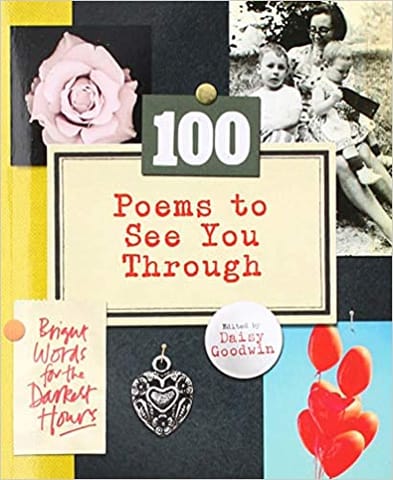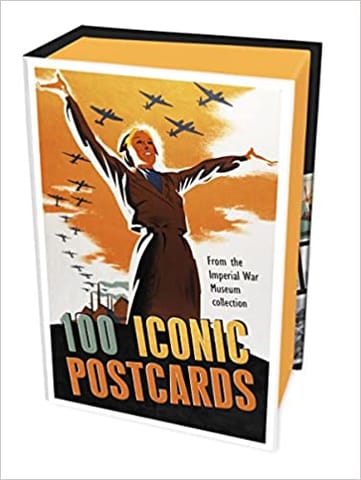The subject of Waste Management has been grown to the status of maturity in all developed countries. Every year, new techniques are being developed to recover the energy and recycle the materials. The nations like USA, Australia, Norway and Western Europe are handling their solid wastes in a scientific and hygienic way. However, in most of the developing world, of Africa, Asia and Eastern European Nations, the collection, transportation and disposal of solid waste is still at its lowest ebb. In USA, though the technology for handling of the solid waste is available, the wastes are mostly managed by land filling (70%) and incineration with or without energy recovery. It means a major share of the source is wasted. Only 30-31% of the waste materials are recovered. In contrast to this, in developing countries like India 60 70% of the materials are recovered and reused mostly by the informal sector without application of any art of technology. There is no national level data are available on solid waste management in those countries. Often the waste is open burnt or land filled in the low-lying areas. The unscientific way of waste management pose the risk of diseases to humans and also degrade the environment. The toxic smoke containing, furans and dioxins are released after the burning of trash, leading to the rise in carcinogenic trace gases in the atmosphere. In the present context, the US is conveniently taken as a representative of developed world and India representing developing countries and the book is designed into 6 7 chapters. Chapter 1 deals with the general aspects and basic principles of solid waste management. Chapter 2 deals with the solid waste management in USA and solid waste management in India is dealt in chapter 3 respectively. Details about plastic waste management in US, India and rest of the world are explained in chapter 4. Management of biomedical waste is collated and provided in chapter 5 and chapter 6 deals with the hazardous waste management. The subject of solid waste management and urban agriculture is provided in chapter 7 and the chapter 8 narrates the comparative aspects of waste management in US and India. It is observed that a good number of books are available on the technologies and principles of waste treatment, however meagre titles exist on waste management. Hence book is an appropriate attempt to fill the lacunae. This book will be useful to undergraduate and graduate students, environmental managers and the general public as well.
9788122417777-- Home
- Popular Categories
- Prospects And Perspectives of Solid Waste Management
Prospects And Perspectives of Solid Waste Management
Author: Hosetti, B.B.
Brand: New Age International Pvt. Ltd
| VARIANT | SELLER | PRICE | QUANTITY |
|---|
Description of product
The subject of Waste Management has been grown to the status of maturity in all developed countries. Every year, new techniques are being developed to recover the energy and recycle the materials. The nations like USA, Australia, Norway and Western Europe are handling their solid wastes in a scientific and hygienic way. However, in most of the developing world, of Africa, Asia and Eastern European Nations, the collection, transportation and disposal of solid waste is still at its lowest ebb. In USA, though the technology for handling of the solid waste is available, the wastes are mostly managed by land filling (70%) and incineration with or without energy recovery. It means a major share of the source is wasted. Only 30-31% of the waste materials are recovered. In contrast to this, in developing countries like India 60 70% of the materials are recovered and reused mostly by the informal sector without application of any art of technology. There is no national level data are available on solid waste management in those countries. Often the waste is open burnt or land filled in the low-lying areas. The unscientific way of waste management pose the risk of diseases to humans and also degrade the environment. The toxic smoke containing, furans and dioxins are released after the burning of trash, leading to the rise in carcinogenic trace gases in the atmosphere. In the present context, the US is conveniently taken as a representative of developed world and India representing developing countries and the book is designed into 6 7 chapters. Chapter 1 deals with the general aspects and basic principles of solid waste management. Chapter 2 deals with the solid waste management in USA and solid waste management in India is dealt in chapter 3 respectively. Details about plastic waste management in US, India and rest of the world are explained in chapter 4. Management of biomedical waste is collated and provided in chapter 5 and chapter 6 deals with the hazardous waste management. The subject of solid waste management and urban agriculture is provided in chapter 7 and the chapter 8 narrates the comparative aspects of waste management in US and India. It is observed that a good number of books are available on the technologies and principles of waste treatment, however meagre titles exist on waste management. Hence book is an appropriate attempt to fill the lacunae. This book will be useful to undergraduate and graduate students, environmental managers and the general public as well.
Renting Guidelines
Specification of Products
| Brand | New Age International Pvt. Ltd |
Related products
User reviews
INFORMATION
ADDRESS
Trubrain Education India Pvt Ltd"VV Square"building, Plot.No.TS 710/1b1 & 2B1, CMC Ward No 18, Moka road, Gandhinagar, Ballari-583 101.
Bellari
Karnataka - 583101
IN
Welcome to our online bookstore, the ultimate destination for book lovers, stationery enthusiasts, and curious minds of all ages. With our extensive selection of books, including bestsellers, new releases, and used books, as well as a range of stationary, toys, and reading accessories, we have everything you need to ignite your imagination and satisfy your curiosity.
Whether you're looking for an exciting sci-fi novel, an inspiring biography, or a fun activity book for your kids, our online bookstore has it all. We offer a wide variety of genres, including fiction, non-fiction, children's books, and educational books, so you're sure to find something that sparks your interest.
In addition to traditional books, we also offer e-books for those who prefer to read on their electronic devices. And if you're looking for a more sustainable option, our used books section offers pre-owned books in great condition, helping to reduce waste and save money.
To complement our extensive book selection, we also offer a range of high-quality stationery, including art supplies, pens and pencils, notebooks, and journals. Whether you're an aspiring artist, a student, or a professional, we have everything you need to unleash your creativity and get organized.
And for those who prefer to rent rather than purchase, our book rental service allows you to enjoy your favorite books for a limited time at an affordable price.
At our online bookstore, we're committed to providing our customers with the best possible shopping experience. Our user-friendly website makes it easy to find and purchase your favorite books and stationery items, and our fast and reliable shipping ensures that your products are delivered to your doorstep in no time.
So whether you're a seasoned reader, a curious learner, or a parent looking for educational resources for your kids, we invite you to explore our selection and discover a world of endless possibilities. Shop with us today and experience the joy of reading and learning.













